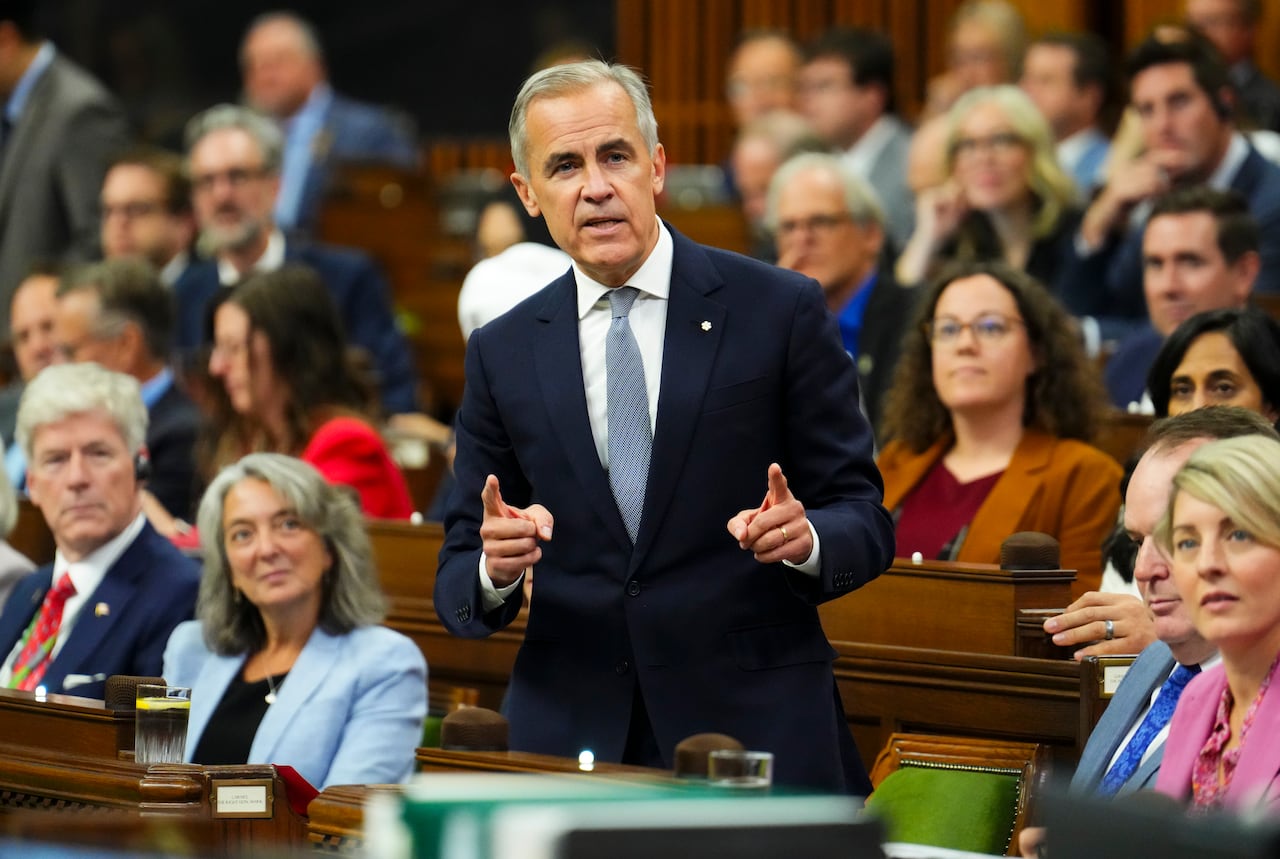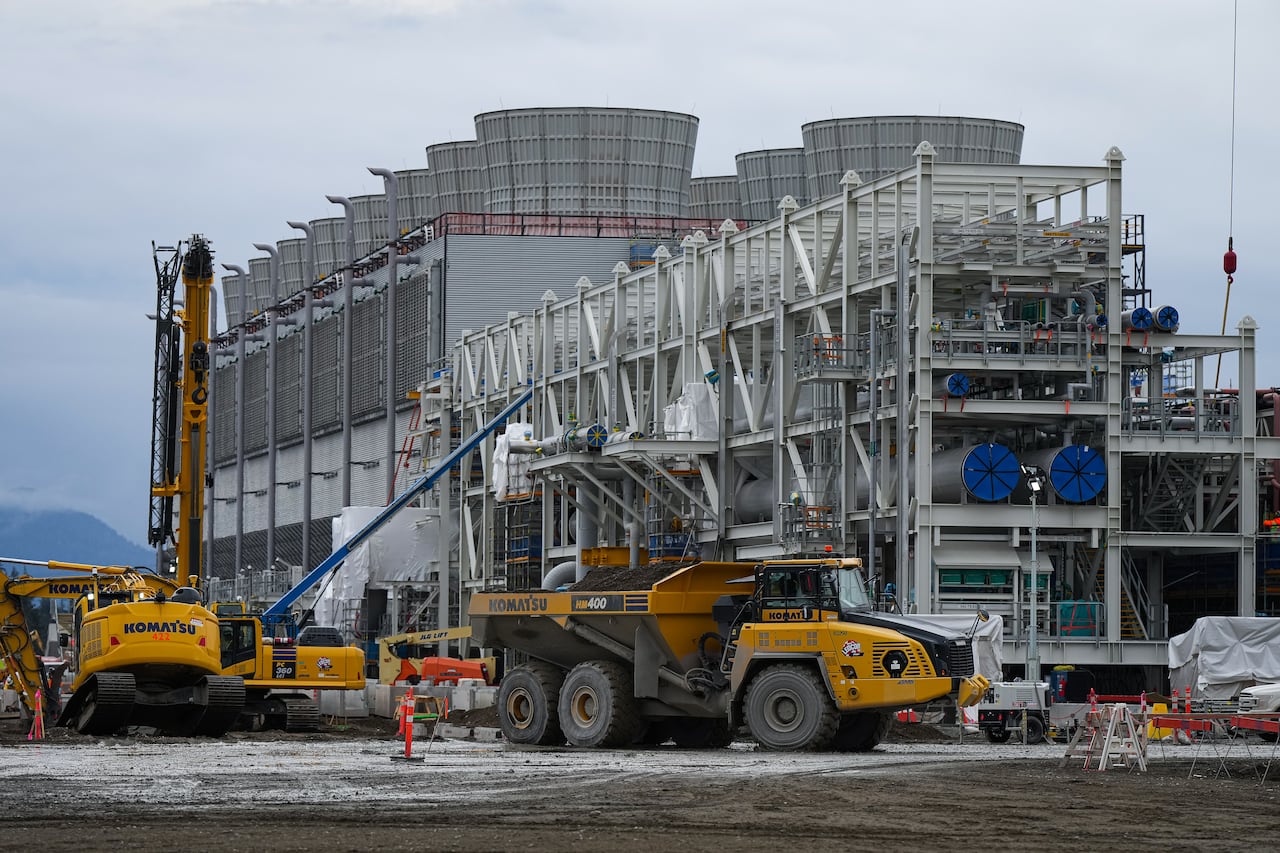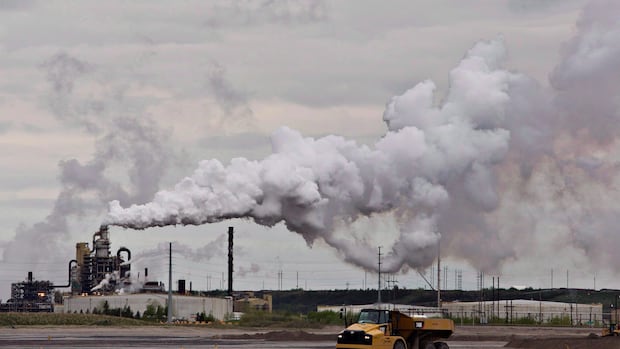After months of speculation, the federal government is signalling its intention to eliminate the oil and gas emissions cap. But it came with some strings attached.
The budget did not outright say the controversial proposed Trudeau era-climate policy is gone, but it did outline specific conditions for its removal.
The budget said “effective” carbon pricing, enhanced methane regulations and the deployment of carbon capture and storage at scale “would create the circumstances whereby the oil and gas emissions cap would no longer be required as it would have marginal value in reducing emissions.”
The Carney government delivered that conclusion in “Canada’s Climate Competitiveness Strategy,” which was introduced in the 2025 budget.
Finance Minister François-Philippe Champagne underlined the new approach to the cap at a news conference before tabling the budget Tuesday.
“There are a number of steps that need to happen. And when conditions are met, we won’t need the cap anymore. But the conditions will have to be met,” said Champagne.
Tuesday marked a year since the Trudeau government announced it was publishing draft regulations. Final regulations for the emissions cap were never implemented.
The strategy made it clear that Prime Minister Mark Carney’s new Liberal government intends to proceed with some of the previous government’s climate policies, including clean electricity regulations, finalizing methane regulations and clean fuel regulations.
The budget did not commit to proceeding with Canada’s 2035 electric vehicle sales mandate. It says the government will announce “the next steps” in the coming weeks.
The strategy does go big on industrial carbon pricing.
Provinces like Ontario, Saskatchewan and Alberta have their systems which in the past Environment and Climate Change Canada has said meet the federal benchmark.
The Canadian government has committed to ensuring the carbon price that applies to those systems rises to $170 per tonne by 2030.
The budget proposes to clarify what the price could look like on a trajectory for net-zero emissions by 2050. The government hopes to secure “pan-Canadian agreement” on this target.
Conservative Leader Pierre Poilievre called the suggested increase to the industrial carbon price a “tax.”
“All while he raises the industrial carbon tax on farm equipment and fertilizer and therefore food, on steel, concrete and other industrial projects needed to build homes,” Poilievre said in the House of Commons. “A big tax increase on homes and food.”
 Prime Minister Mark Carney’s budget suggests that an emissions cap drafted by the Trudeau government could be scrapped if certain conditions are met. (Sean Kilpatrick/The Canadian Press)
Prime Minister Mark Carney’s budget suggests that an emissions cap drafted by the Trudeau government could be scrapped if certain conditions are met. (Sean Kilpatrick/The Canadian Press)
Regulations and mechanisms aside, the strategy attempts to make the case that it’s focused on encouraging companies to invest in emissions reductions. It notes the strategy “is based on driving investment, not on prohibitions.”
Natural Resources Canada will create a critical minerals sovereign fund with $2 billion over five years. The budget states that the fund will allow Ottawa to take equity stakes in mines, strike offtake agreements and offer loan guarantees.
The strategy notes that the country needs to triple the current levels of investment to build new battery storage, expand investments in wind and solar and interprovincial interties that would dispatch low-carbon electricity across the country.
To unlock that investment, the previous Liberal government introduced a suite of investment tax credits in the 2021 budget, but not all of those tax credits have been implemented.
The outstanding clean electricity investment tax credit will be implemented through legislation. Existing clean economy tax credits will also receive some tweaks so, the budget states, Canada “remains competitive and effective” as global clean tech investments continue to grow.
The government will also update its “greenwashing legislation” that’s supposed to crack down on false environmental claims. The government will remove some aspects that “are creating investment uncertainty” and “having the opposite of the desired effect.”
 The budget includes supports for the liquefied natural gas sector. (Darryl Dyck/The Canadian Press)
The budget includes supports for the liquefied natural gas sector. (Darryl Dyck/The Canadian Press)
A couple of measured are sprinkled throughout the budget that relate to tackling the climate crisis.
Youth Climate Corps, something the NDP has called for, looks like it will become reality. The government is proposing to spend $40 million over two years starting in 2026-27 to train young Canadians to respond quickly to climate emergencies.
The government wants to make changes to the tax system that are supposed to benefit what it calls “low-carbon liquefied natural gas (LNG) facilities.” The budget states this is aimed to make Canada more competitive with the U.S.
Those changes offer tax writeoffs for LNG facilities for expenses incurred for manufacturing and processing buildings before 2030 and reinstating accelerated capital cost allowances for LNG equipment.
Green Party Leader Elizabeth May called this and other measures in the budget a fossil fuel subsidy. She said she would be voting against it unless there are amendments.
“The Climate Competitiveness Strategy, so called, will create large winners in the corporate sector and create more subsidies for fossil fuels,” May said. “There’s no way as Greens we can vote yes on this budget.”

